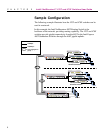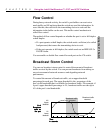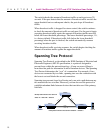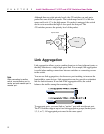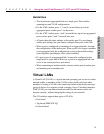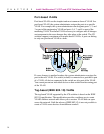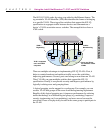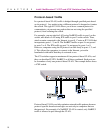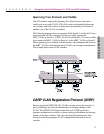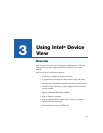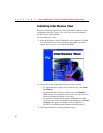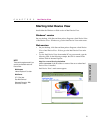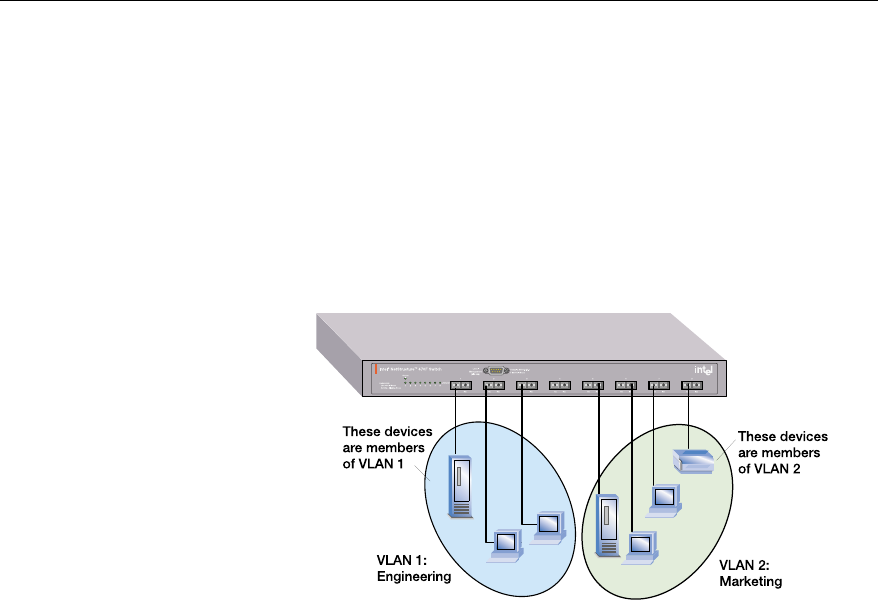
14
CHAPTER 2
Intel
®
NetStructure™ 470T and 470F Switches User Guide
Port-based VLANs
Port-based VLANs are the simplest and most common form of VLAN. In a
port-based VLAN, the system administrator assigns the ports to a specific
VLAN. For example, the system administrator can designate ports 1, 2, and
3 as part of the engineering VLAN and ports 5, 6, 7, and 8 as part of the
marketing VLAN. Port-based VLANs are easy to configure and all changes
are transparent to the users because they take place at the switch. The 470
switches support a maximum of four port-based VLANs. A port can belong
to only one port-based VLAN at a time.
If a user changes to another location, the system administrator reassigns the
port to the new VLAN. If a switch (or hub) is connected to a port that is part
of a VLAN, all devices connected to the switch are also part of the VLAN.
You cannot prevent an individual device on that switch from becoming part
of the VLAN.
Tag-based (IEEE 802.1Q) VLANs
The tag-based VLAN supported by the 470 switches is based on the IEEE
802.1Q specification. The specification provides a uniform way to create
VLANs within a network and allows you to create a VLAN that can span
across the network. Until the release of IEEE 802.1Q, it was not possible to
create a VLAN across devices from different vendors.





